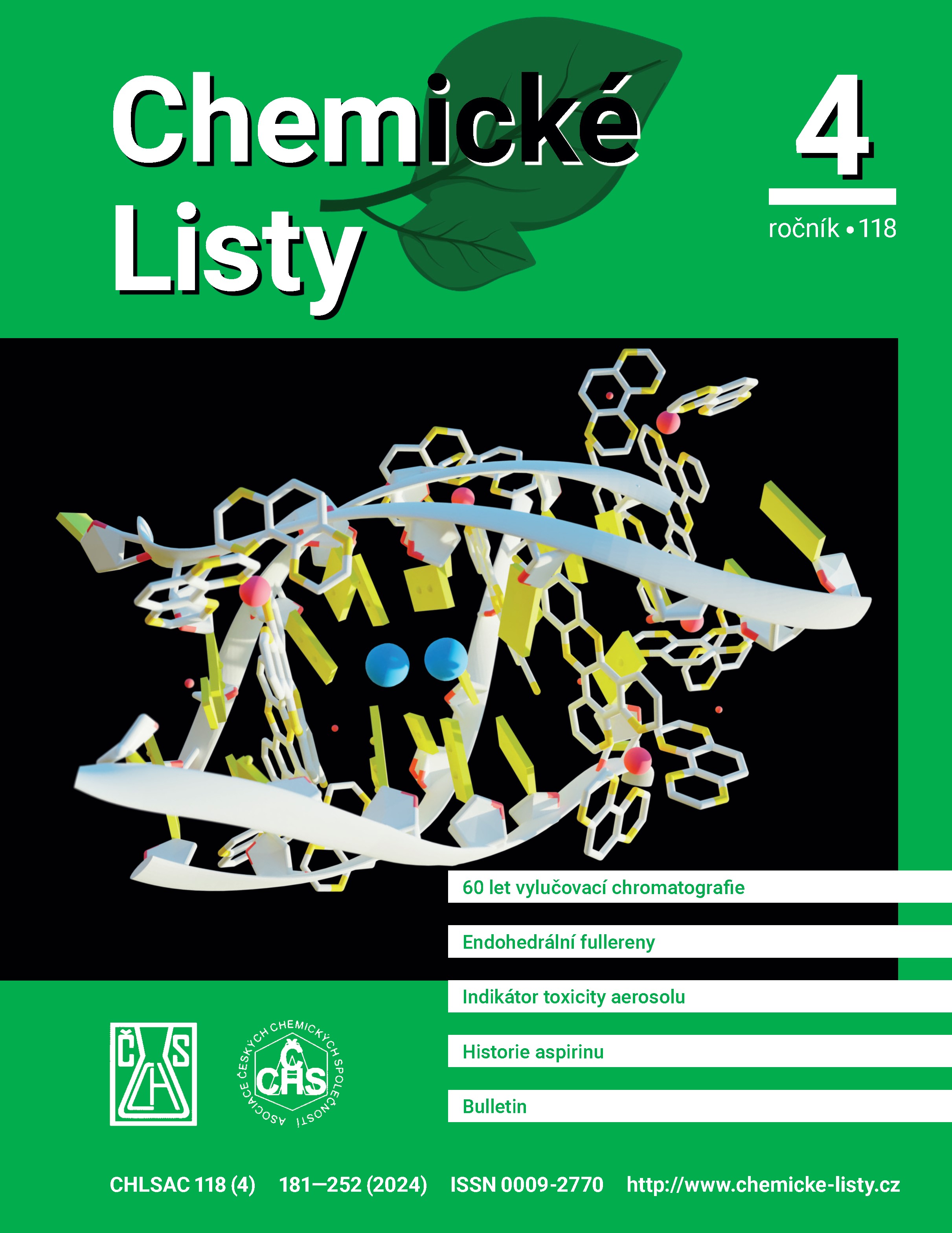Size Exclusion Chromatography Has Been Around for Sixty Years
This article is dedicated to Professor Bohumil Kratochvíl on the occasion of his round birthday, the nominal value of which is different from that to which this work is dedicated
DOI:
https://doi.org/10.54779/chl20240182Keywords:
gel permeation chromatography, size exclusion chromatography, polymers, molar mass distributionAbstract
Molar mass distribution is one of the most important properties of polymers that has been determined since Staudinger introduced the concept of macromolecules. However, the first methods used to determine this distribution were tedious and difficult to use. This changed in 1964 when J. C. Moore of the Dow Chemical Company published a method he called gel permeation chromatography, now better known as size exclusion chromatography (SEC). The principle was to separate macromolecules by size based on their permeation through a solid stationary phase containing a network of pores of different sizes. The separated molecules diffused only into pores larger than their size. As a result, the smaller molecules permeated into a greater number of pores than the larger molecules and therefore remained in the column longer. The individual polymer molecules then left the column in order from largest to smallest. To scale up this technique, it was necessary to find a manufacturer of a suitable instrument, which was a company owned by J. L. Waters. This was a major achievement for his company, which, thanks to SEC, is now one of the world's largest manufacturers of equipment for liquid chromatography, of which SEC is a part.





